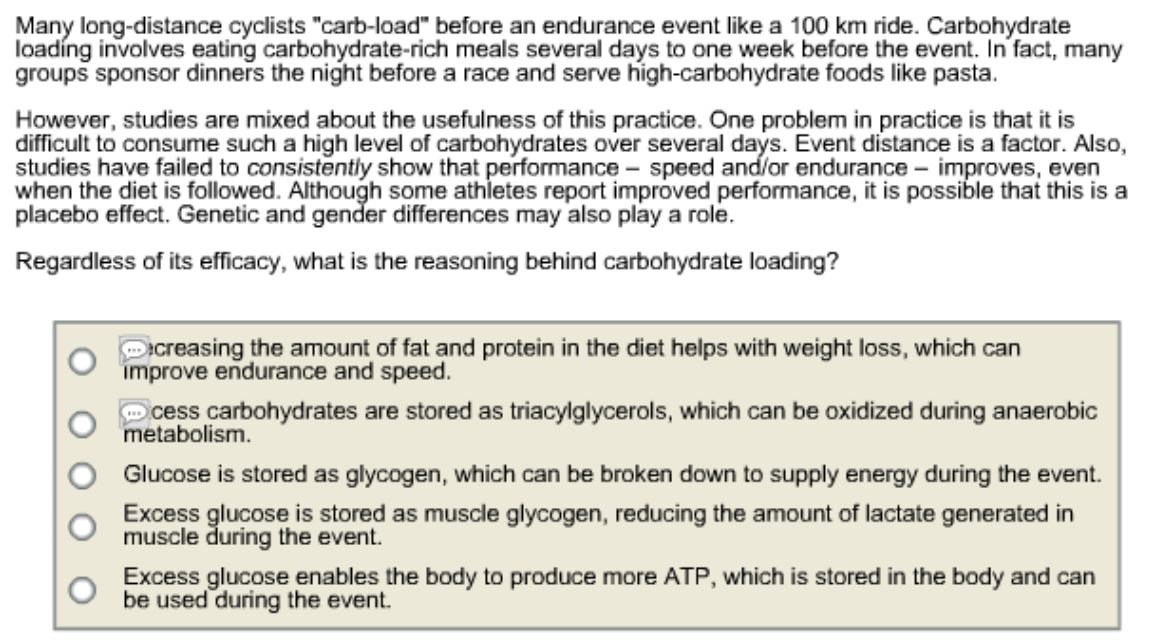Carbohydrate loading is widely used to improve performance in endurance sports. The idea is to maximise the stored amount of carbohydrates in our body, to yield more energy. It is done by increasing carbohydrate intake to about 70% of daily calories, sometimes with a lower carb period beforehand.
I’ve never tried it but I recall a friend struggling to get round a 10k run after a big pasta meal the previous evening. So I wonder, is carb loading truly the most effective way for endurance athletes to fuel their bodies in the lead up to a race?
When athletes add carbohydrates to their diets it will typically be grains in the form of bread and pasta. One potential problem with eating more grains is the increased amounts of phytic acid, which binds to calcium, iron, magnesium, and zinc making them insoluble and unavailable as nutrition for the rest of the body. Iron is especially important for endurance athletes as it supplies the protein hemoglobin in red blood cells that carry oxygen to the tissues. Endurance athletes are already more prone to iron deficiency.
In addition, zinc is necessary for many cellular functions, and calcium is of course important in bone formation. Maximizing absorption of all these minerals is important for keeping athletes healthy, especially as they are at an increased risk for fractures due to extended training.
Some nutritionists recommend a different approach to increasing energy stores before a race. Instead of consuming bread and pasta, athletes may consider upping their carbs with fruits or sweet potatoes, both before exercise and afterwards to aid recovery.
When I’m properly up and running again (life always seems to get in the way!) I’ll try both approaches and compare. Though I am quite persuaded by the argument about nutrient availability. In any case it’s clear that those of us who run long distances need to be aware of the effects our food choices can have on performance.




